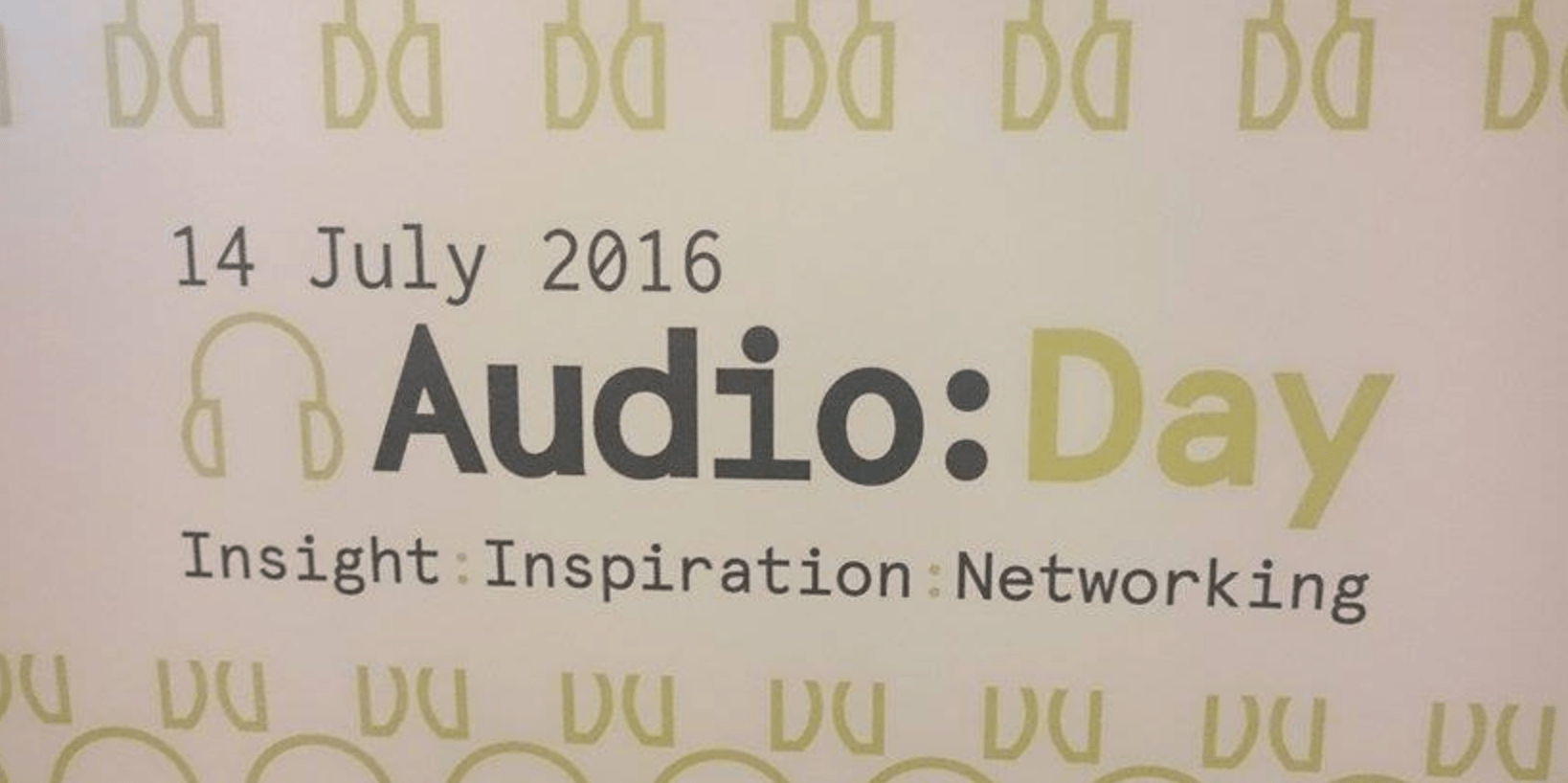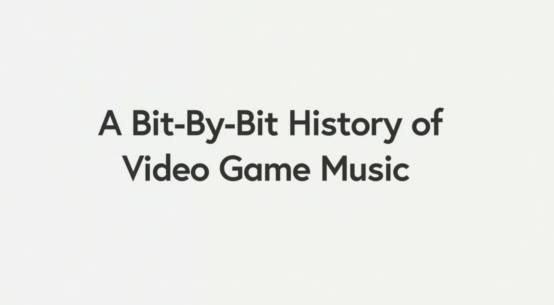
Sam Hughes caught up with John Broomhall after this year’s Develop in Brighton conference to talk about the highly successful audio track.
Congratulations on another great audio track at Develop in Brighton this year, John. Could you explain your role in the Audio Track and tell us how was this year’s event for you?
Firstly, thanks for having me back, Sam. Good to talk with you again and great to see you at the conference. Also, thanks for your support and online review.
So, as to my role… I sit on the Develop Conference Advisory Board to represent audio specifically, and over the months preceding the conference, I curate the Audio Track content, putting together the programme and inviting speakers. Then in July, I host the day itself and moderate some of the panels – especially the ‘Open Mic’ general discussion session.
As to this year’s audio offering – well for me personally, this year felt like one of the best for sure, with a very high standard of presentation skills and media rich content throughout. From my own experiences of speaking at events like this, I’m all too aware of how much effort goes into preparing a talk. So both on behalf of myself, and the conference organisers, Tandem Events, I’d like to say a massive thank you to everyone who took part. I just think they all nailed it.
I was particularly pleased to see four major titles which each exhibit excellence in audio design and implementation featured. Each in its own way is to me a beacon of best practice – they’re vibrant examples of really high quality game audio – it’s not just that they are sonically impressive, but the design thinking behind them is really cool too. For instance, to pick just one example – think about Assassin’s Creed where a sophisticated audio and music design approach delivers distinct sounding geographical areas in the game so a player can pretty much know which London borough they are in with their eyes shut! Then there are the tension and visceral scares of Until Dawn, the beautiful sound and mix of Star Wars, and the story-telling time stutters of Quantum Break. That’s just for starters. This is great, standard-setting stuff. Audio is so important and brings so much to these titles.
In addition, we had all those other brilliant sessions, from Mark Estdale’s Spycraft methodology in dialogue to Kenny Young’s fascinating freelancer panel, and not forgetting lessons learned from the VR coal face – all really good. It’s so brilliant that people like this are willing to share freely and generously from their experiences – genuine people who are super-passionate about their art.
The one note of sadness was of course, that Jory Prum who had so enthusiastically signed up to be a speaker this year, was not able to be there due to his recent untimely passing following a terrible motorcycle accident. However, it felt like we were able to give him a fitting tribute by showing an excerpt from his ‘Beep’ documentary webisode. My grateful thanks to Karen Collins for that.
So, all in all – a fantastic day.
You’ve headed up the audio track for the last few years, how has it changed and evolved? For instance, VR is obviously a hot topic at the moment, what do you think the future of the audio track content is?
Yeah, I’ve been there all the way through, and I suppose the key thing is that year on year the audio track reflects the current zeitgeist and of course, the prevailing challenges for game audio practitioners – whether they be creative, technical or business. I’d say a general trend over a period of years is that the content has moved more towards design and creativity rather than tackling specific technology and programming issues. I guess this correlates with industry developments and the current context for game audio creators, given the advent of comprehensive middleware. Also, during the conference’s eleven year history, the easing of things like memory limitations, voice count etc plus the advent of much greater processing power for audio enabling more real-time DSP and on-the-fly compositing and such. I guess when you have all the computing power you need, the focus rightly shifts more towards creativity and what you’re going to do with it – now you’re more limited by your imagination than the tech LOL – that seems a very good thing.
This was the second year we featured VR audio and as things look right now, I can only imagine more coverage of this interesting area of work where people will be continuing to explore and learn for some time to come. In essence, I think the future of the Audio Track remains rooted in bringing together experts in the field to disseminate their ideas and experiences, drawing out universally useful lessons learned and engaging in a dialogue with conference delegates for the good of all concerned.
Any hints at what to expect next year or is too soon to say?
It is a bit soon – I do have some thoughts already about that but it’s so early that I’d better keep them under wraps for now. There’s kind of a gestation period where a lot of ideas and possibilities are on the table and I’m mulling, and consulting one or two trusted colleagues. But the process really begins in earnest around the turn of the year. Btw I’m always interested in hearing feedback and ideas from audio people everywhere – please contact me through johnbroomhall.co.uk.
Finally, thank you to everyone who attended this year’s audio sessions and particularly to those who asked such pertinent questions and contributed their own insightful views and opinions as part of the Q&A process plus at the final Open Mic session.
See you next year!
For our lowdown on this year’s Develop in Brighton check out our review Here–>




